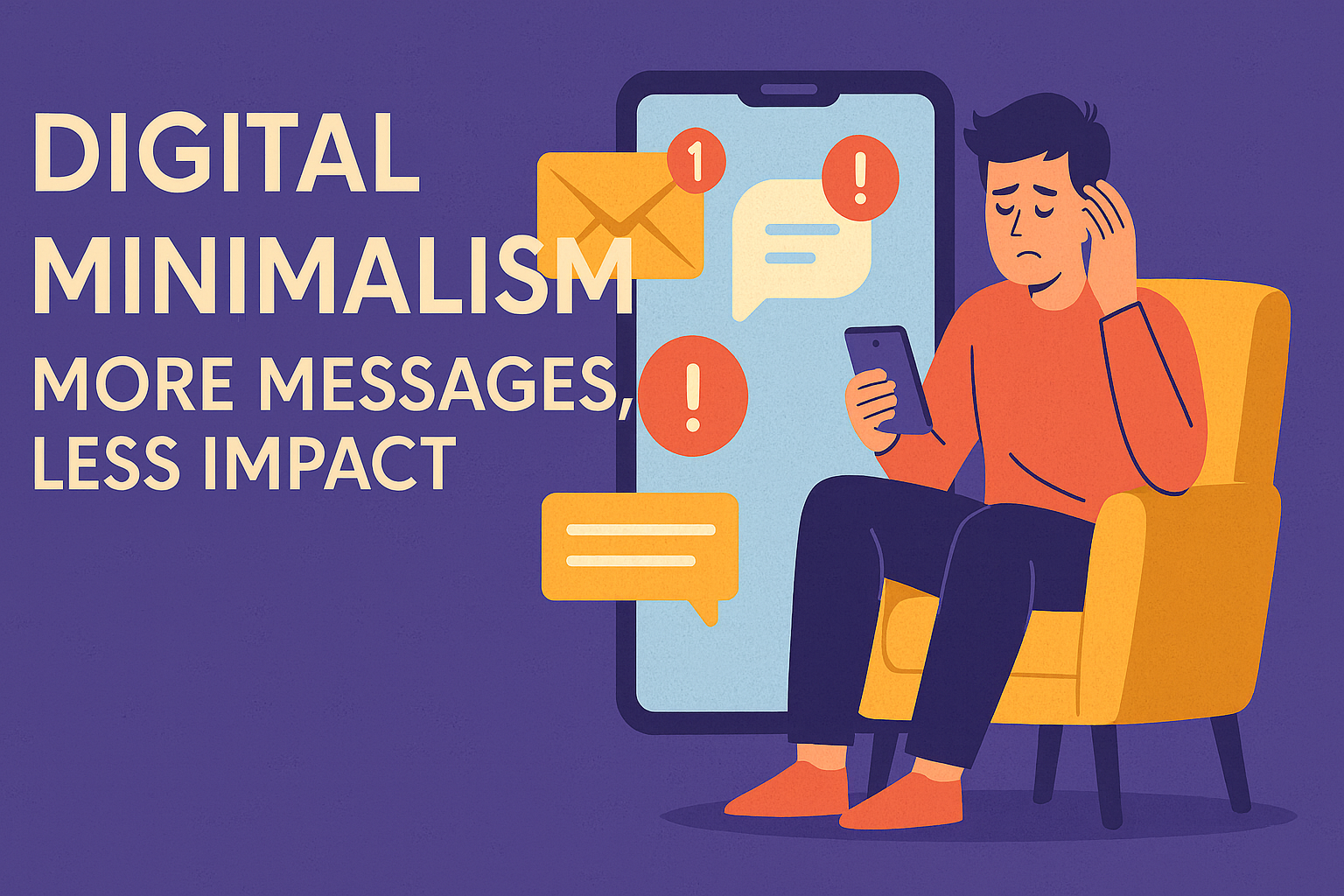Last week, I was unable to publish my Sunday article as I took a short vacation. The journey itself became a useful observation exercise. Driving from Istanbul meant passing through countless mega-boards, billboards, and advertisements scattered across rest areas. At first, I tried to read them, but after a while, my brain stopped processing the flood of stimuli. Hundreds of messages passed before my eyes, yet only a few managed to leave even a minimal trace in memory.
Once I arrived at the hotel, the stage shifted to my smartphone. With time to rest, I inevitably spent more hours on my screen. Push notifications, SMS campaigns, and promotional emails quickly replaced the roadside billboards. The messages were nearly identical: “Last chance!”, “Don’t miss out!”, “Buy now!” Initially, I opened a few, but soon they, too, became background noise. Excessive messaging resulted in diminished impact—precisely the opposite of what those marketers intended.
This observation illustrates one of the central fallacies of contemporary marketing: the belief that “the louder the brand, the more attention it receives.” In reality, within today’s attention economy, the opposite is true. Consumer attention is a finite cognitive resource. Each additional message not only consumes this scarce resource but also accelerates what psychologists call decision fatigue. The result is disengagement rather than persuasion.
Global exemplars highlight the importance of minimalism in communication. Apple’s two-word slogan Think Different remains one of the most memorable in marketing history precisely because of its simplicity and clarity. Similarly, IKEA avoids overly complex narratives, instead anchoring its campaigns in everyday needs with straightforward, relatable imagery. Locally, Turkey’s Trendyol employs a single clear call to action—“Add to Cart”—which directly triggers a behavioral response. Migros leverages icons and simplified visuals to direct consumer attention without overwhelming them. In each case, the power lies not in quantity, but in precision.
Digital minimalism should not be mistaken for silence. Rather, it is about speaking with clarity, brevity, and purpose. It is the practice of leaving cognitive space for the consumer—space that can then be filled with meaningful brand associations. Overly verbose messages blur meaning, while concise communication sharpens it.
A metaphor from my journey captures this principle well. After hours of driving past countless advertisements, the one sign I vividly recall was at a rest stop exit. It contained no slogan, no brand name—only a single red word on a white background: “WATER.” It was direct, timely, and relevant to my immediate need. That one word, precisely because of its minimalism, carried maximum impact.
The conclusion is clear: More messages do not equate to more influence.


